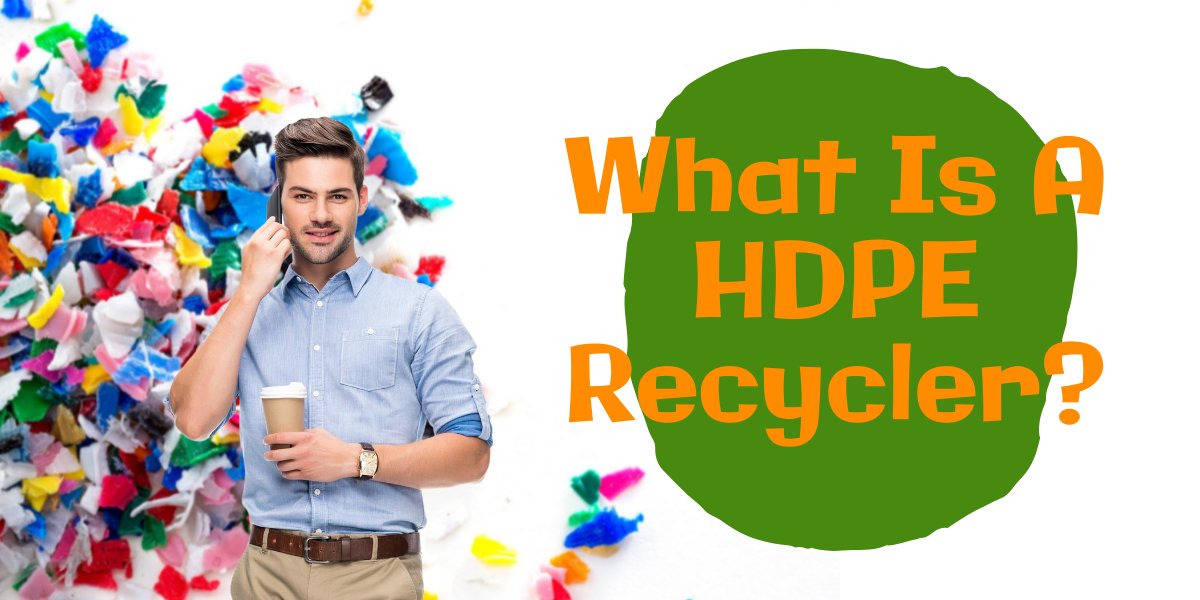
What is an HDPE Recycler?
An HDPE or High-Density Polyethylene recycler is responsible for the collection and sourcing of all types of HDPE plastic scrap including bottles, containers, caps, lids, tubing, pipes, film, labels, bags, trays, etc. This is usually in large quantities from collection facilities or manufacturers that produce an excess of plastic waste during production. The HDPE recycler then repurposes the plastic through a recycling process to sell the recycled plastics to manufacturers and other businesses that use recycled plastics in their operations.
Let’s explore the entire process.
HDPE Recycling Collection
The first stage in the process of HDPE recycling is the process of collecting. This includes all types of polyethylene from plastic bottles and other types of containers made out of high-density polyethylene (HDPE) for reuse. It’s also referred to as post-consumer plastics recycling.
The collection method varies here, but for larger facilitators like Chesapeake Materials, this involves networking with manufacturers or other producers of large quantities of plastic waste. These larger recyclers will oftentimes work with plastic waste producers to procure their plastic scraps by providing collection logistics and payment for the plastic. This arrangement helps buyers increase their bottom line in supply and manufacturing costs.
Smaller recyclers typically set up collection centers where the general public can turn in their recyclable plastics or the recycler themselves will collect from smaller businesses. When they have collected enough weight in HDPE, they often take it to a recycling processing center where they will sort it into different bins based on what type of plastic they contain.
These same centers and processors usually also work with the larger recyclers or brokers, selling their collected plastic waste to be processed into plastic resin for reuse.
Sorting The Collected Plastics
The second stage or the HDPE recycling process is sending the collected plastics to be sorted from any non-recyclable materials that may be included with the HDPE. After going through the first stage of processing, the HDPE goes onto a Plastic Recycling Facility (PRF).
Initially, the mixed recyclables will be taken off the trucks and put into bins. Then they will be loaded onto conveyors.
Sorting facilities use conveyor belts to keep the constant flow of solid wastes moving through the facility. There are various methods of separating items into different categories.
Here are some of the sorting methods. Depending on the facility, the methods used in actual operations may vary. Usually, however, they involve some sort of sorter.
Manually Separating
Manual separation means separating items and pieces from each other by hand. When manually sorting through the materials, non-recyclable materials and obvious contamination are discarded. Items removed from the line are processed or disposed of.
Trommels
Once recyclable materials have been separated from the waste, they’re fed into trommel bins. A trommel is a type of drum used for separating fine particles from larger ones. It consists of a cylinder with holes at its bottom. As the drum rotatably turns, the smaller items fall into the collection bins.

Outdoor trommel
OCC Screening
The OCC sorting system separates old corrugated cardboard (OCC) from different types of recyclable material. This is done by passing collected items over a rotating disc system Lateral agitators stir up plastics from one side to another. The cardboard moves across the top of the screens and the other materials drop down below it.
Ballistic Separator
A ballistic separator separates materials by their density using two oscillating paddles. It works by moving rigid waste material to one side and flexible material to the other so that glass and fine material can pass through the mesh. Rigid items include bottles, containers, or metal boxes; flexible items include papers, cards, newspapers, and plastics.
Washing The Plastic Materials
Like with clothing, fruits/vegetable, and many other products, plastic products need to be cleaned before they are used again. The goal of this stage is to get rid of any impure ingredients and anything else that isn’t made out of plastic.
Most packaging has labels, adhesives, or even food residues that need to be removed. These types of non-plastic materials can’t be recycled and if left in the mix would cause the final plastic resins to have poor structural quality.
Resizing The HDPE
The process of resizing HDPE plastics involves cutting the material into smaller pieces using a shearing machine. This is done by passing the material through a set of rotating blades. These blades slice off chunks of HDPE at regular intervals, which fall onto a conveyor belt. After this, the plastic scrap is fed into a second machine where it’s shredded further down to produce smaller chips.
After shredding the HDPE plastic material is heated above its melting point and then forced through rollers where it cools down and hardens into smaller pieces. The process requires high temperatures which means it’s not suitable for all types of plastics.
Compounding
The final step in recycling is often considered the most interesting because it involves smashing the smaller particles into new shapes and forms. Compounding takes place when the small particles are mashed and melted into plastic pellets. These pellets can then be reused as raw material to create new products.
Once the final raw plastic HDPE pellets have been produced, the HDPE recycler can now become the HDPE seller. This is not always the case but often times the same recycler that goes through the process of collection is also the same individual or company that resells the repurposed HDPE.
What’s it like being an HDPE Recycler
Being an HDPE recycler is a great way to make money while helping others and the environment. You’ll need to build relationships and build a network of both recyclers and materials buyers. Most of your time, in the beginning, will be making these contacts and determining their fit into your organization. This will mean long hours at first and you will definitely need to wear your sales hat. If you are not a salesperson at heart, consider highering a salesperson on a commission structure.
It’s a great job! You work with various kinds of people, you learn about different types of plastic materials, and you make money while doing what you love.
